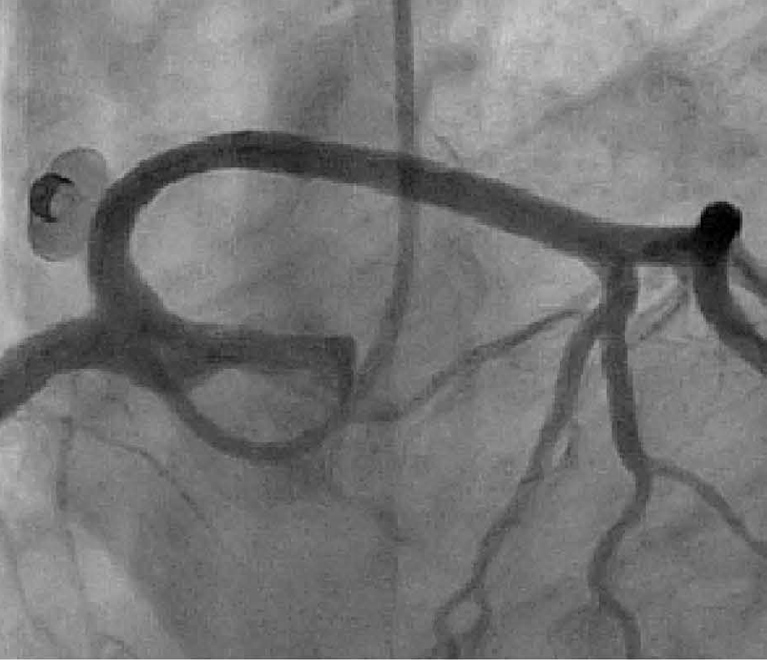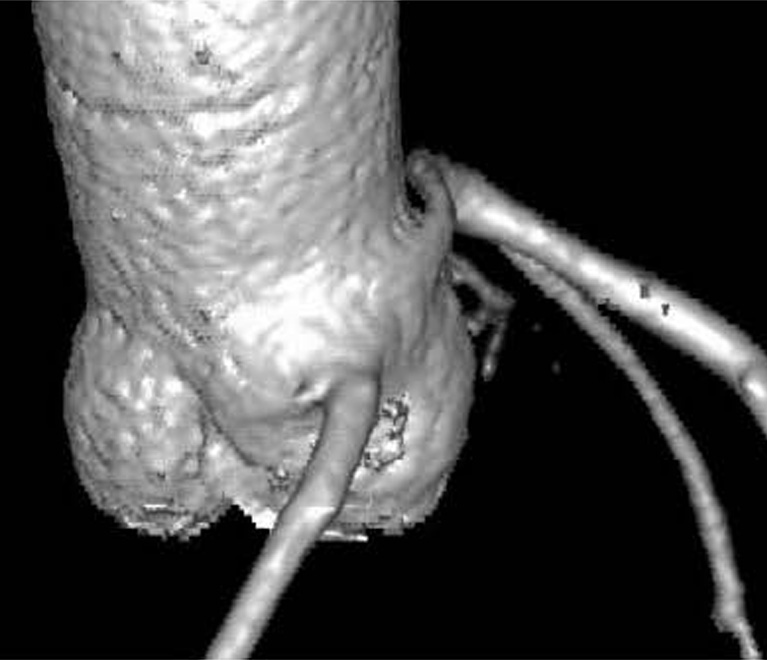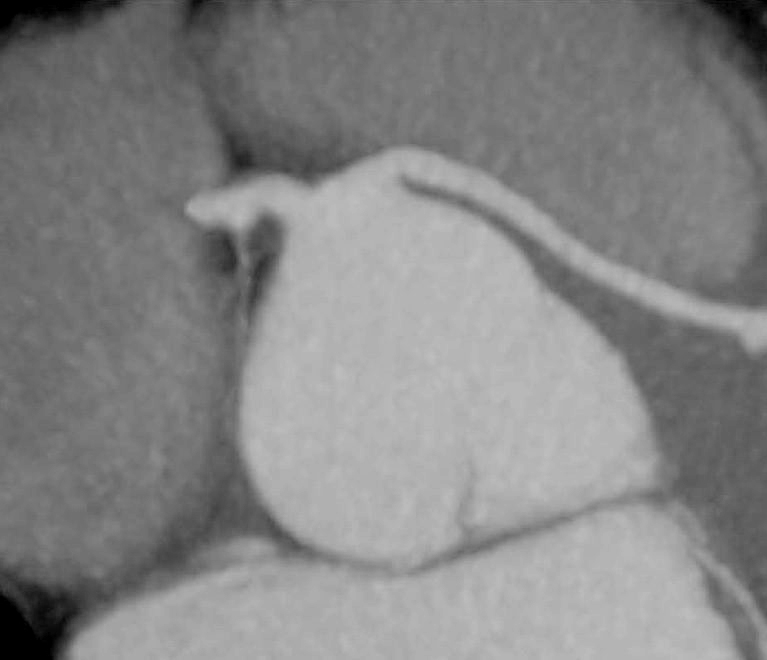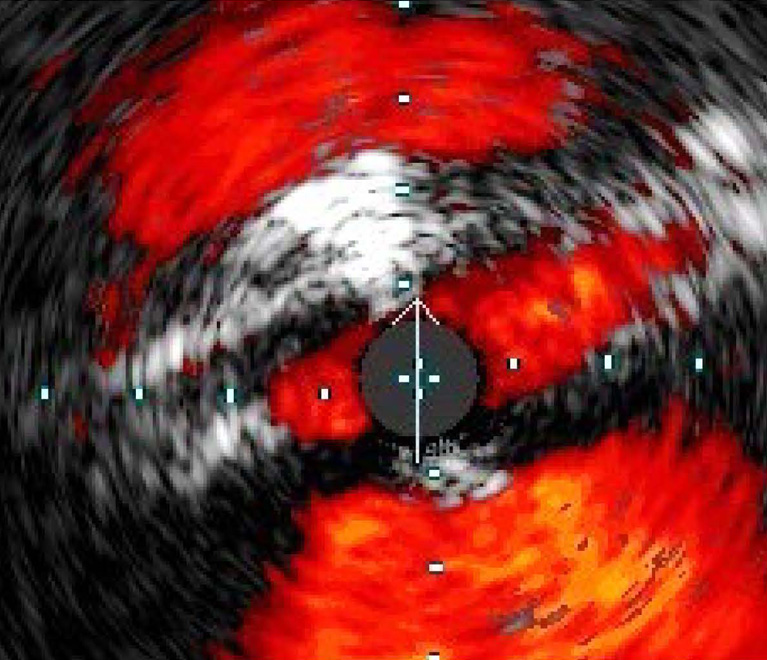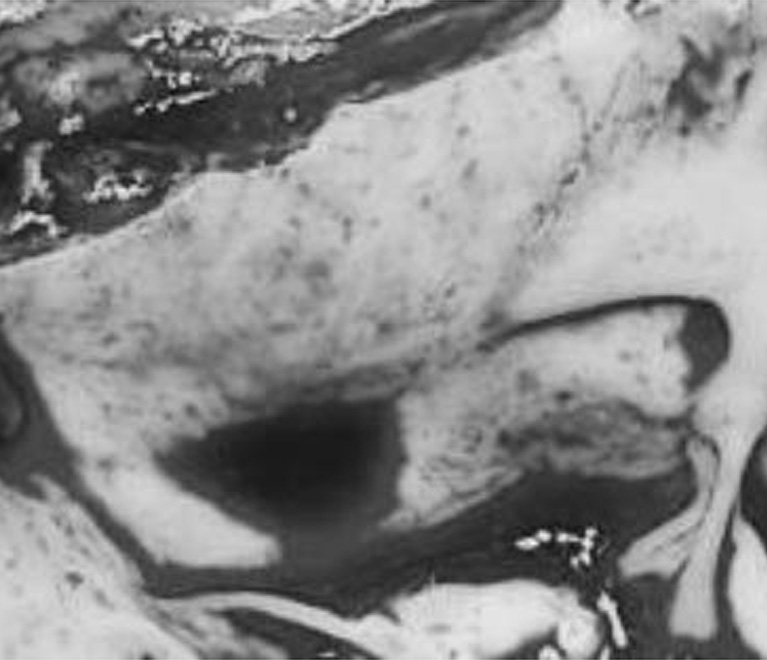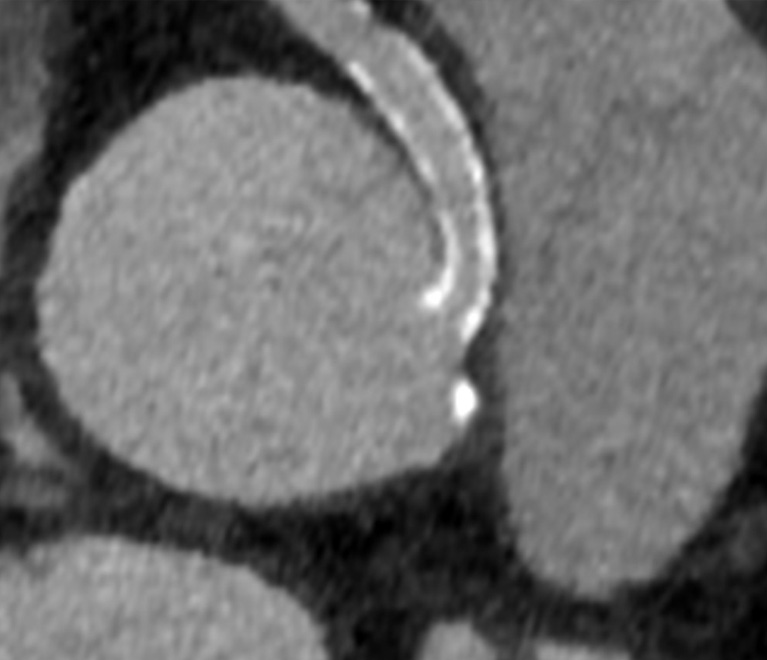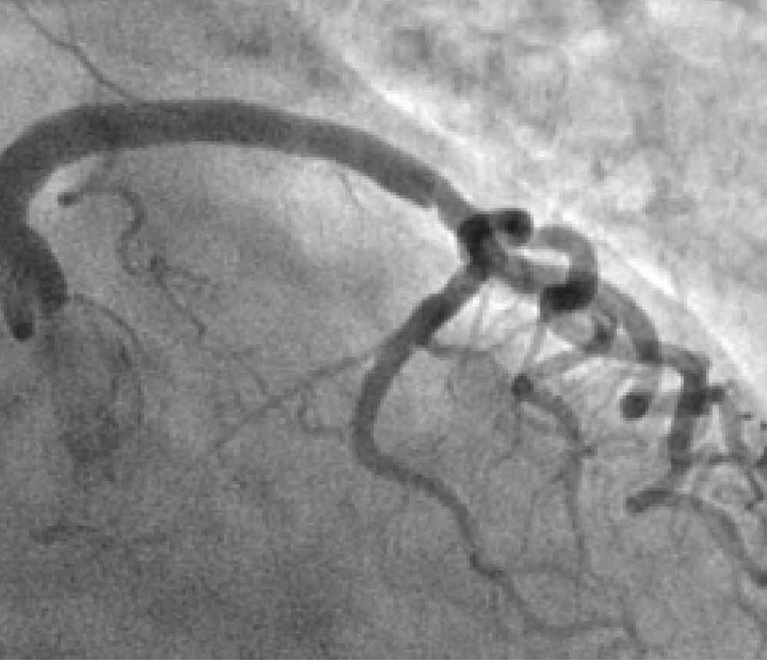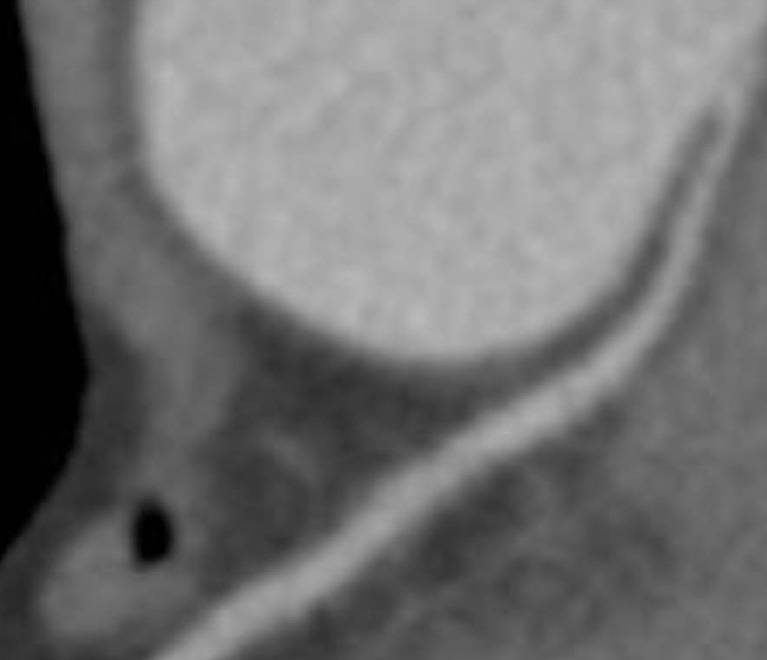Catheterization Techniques for Anomalous Aortic Origin of Coronary Arteries
Halna du Fretay X, Boudvillain O, Koutsoukis A, Degrell P, Dupouy P, Aubry P.
Catheter Cardiovasc Interv. 2025. doi: 10.1002/ccd.31391.
Anomalous aortic origin of a coronary artery (AAOCA) is a rare congenital anomaly with a large spectrum of anatomical variations. Selective engagement of an AAOCA can present challenges during cardiac catheterization. A comprehensive understanding of the characteristics of major AAOCA can effectively assist operators for selecting and maneuvering catheters. This review outlines the recommended catheter manipulations based on the site of ectopic coronary origin. Identifying the initial course (prepulmonic, subpulmonic, interarterial or retroaortic course) is crucial for classifying each AAOCA. Besides invasive coronary angiography, coronary computed tomography angiography is frequently utilized to enhance the diagnostic assessment. Cardiac catheterization enables the use of intracoronary imaging and physiologic tools for accurately assessing the significance of AAOCA identified as at risk, mainly the anomalies associated with an interarterial course. Intravascular ultrasound is recognized as the gold standard for analyzing AAOCA with interarterial course. Optical tomography coherence imaging can be interesting to evaluate the rare AAOCA with a subpulmonic course, which are associated with ischemic symptoms or myocardial ischemia. Invasive physiological indices using pressure wires can be employed, with the caveat that their threshold values remain uncertain. Decision-making can be challenging for patients with AAOCA. Both non-invasive and invasive imaging tools are essential to support the final choice.
Lire la suite dans Catheterization & Cardiovascular Interventions



